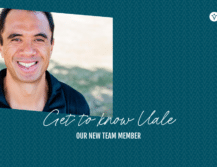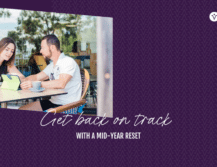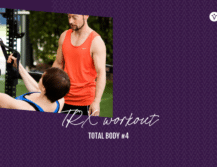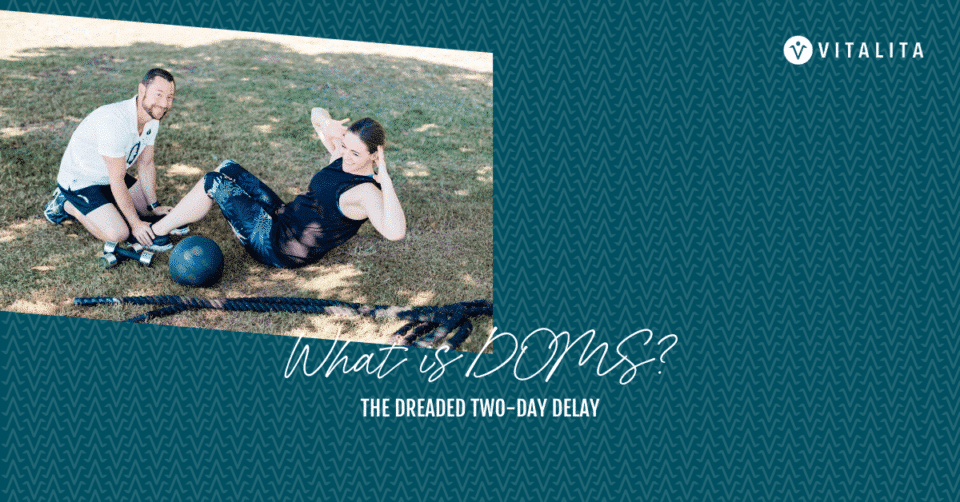
Delayed Onset of Muscle Soreness or DOMS, is the soreness in your muscles you sometimes feel after a strenuous workout or an activity that engages different muscle to those you most frequently use.
Everyone experiences DOMS differently – some may feel this pain frequently when they exercise, and others may feel it very rarely. Some people experience DOMS after going for a 5km run; doing an intense weights session; or simply, spending a sunny Sunday afternoon bent over in the garden.
So what exactly is DOMS and why does it occur?
If you’re someone who lives an active lifestyle, works out a lot, or experiments with new movement modalities, it’s likely that you’ve experienced DOMS. DOMS is the pain you can feel in your body 24 to 48 hours after you’ve exercised (usually heavily) or moved your body in a new way.
DOMS occurs when the muscles are put under strain, creating micro-tears in these muscles. These micro-tears cause inflammation, resulting in the body sending an increased amount of blood to this area to aid in the healing process. This increased blood flow and inflammation is what creates soreness and pain.
Experiencing DOMS is neither good nor bad
Experiencing DOMS does not necessarily mean that you’ve put your body under undue stress and it’s not something to be concerned about. In fact, the rebuilding of the torn muscle fibres that occurs in the healing process actually aids muscle growth and strengthening. On the other hand, it’s not a case of ‘no pain, no gain’. Not experiencing the dreaded two-day delay doesn’t mean your body isn’t reaping the rewards of your physical activity. It really depends on:
- your unique constitution
- the type of activity you participate in
- how hydrated you are
- how well you’ve slept (and how well your body has healed during this phase of rest), and
- whether or not you regularly engage the muscle groups you’ve used.
You may even find that you experience DOMS after a workout, only to replicate that same routine a week later and feel no effect. This is because already, in that short space of time, your muscles may have adapted to the stress that type of movement inflicts.
If you do experience DOMS, it’s important that it’s treated properly, so that you can fully heal
Here are our four top tips that will help you accelerate your recovery and spring back into full health in no time:
1. Allow your body time to rest, recover and rejuvenate
As much as movement may be an important part of your everyday life, if your pain is intense, it’s important to give yourself time off. Strenuous activity which continues to impact the same strained muscle groups, will only inflict more stress and potentially cause longer-term damage to the muscles.
2. Do low impact exercises until you have fully recovered
If you continue to exercise, avoid high impact movements, like running and jumping. Gentle activities like walking, swimming, or a gentle yoga practice are best for the body during this time and can in fact aid in the healing process. To find out more about how yoga is great for active recovery days, check out this article.
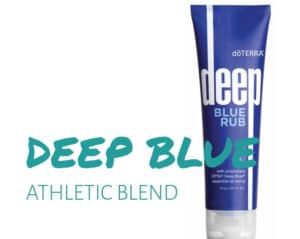
3. Gently stretch your muscles
A stretch or restorative yoga practice and the use of a foam roller can help the muscles to heal more quickly.
4. Bath or massage with essential oils
Massaging the affected area can help to ease discomfort while the affected muscles heal and repair. Speed up your recovery by using our favourite Deep Blue Athletic Blend.
In extreme cases, DOMS can last up to five days. Beyond that, we suggest seeking the advice and support of an appropriate health professional, such as your doctor, a remedial masseuse or osteopath. We’ve curated a directory of tried-and-tested wellness practitioners and facilities here.
Remember, DOMS is not a good or a bad thing.
Although it’s a common experience for those who exercise regularly, it’s important not to place judgement on yourself, and your movement practice, if you do not feel sore and painful muscles in the days after a workout. If DOMS is something you experience, be mindful of taking care of yourself as you recover. Doing so will ensure that you heal more quickly and that your muscles will grow and strengthen to their fullest capacity.
– Sam –






